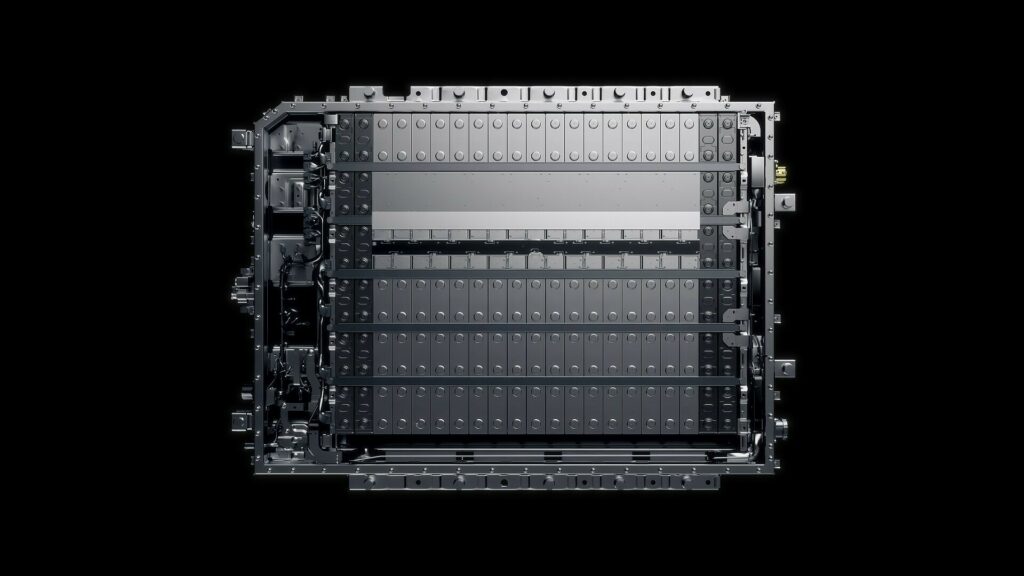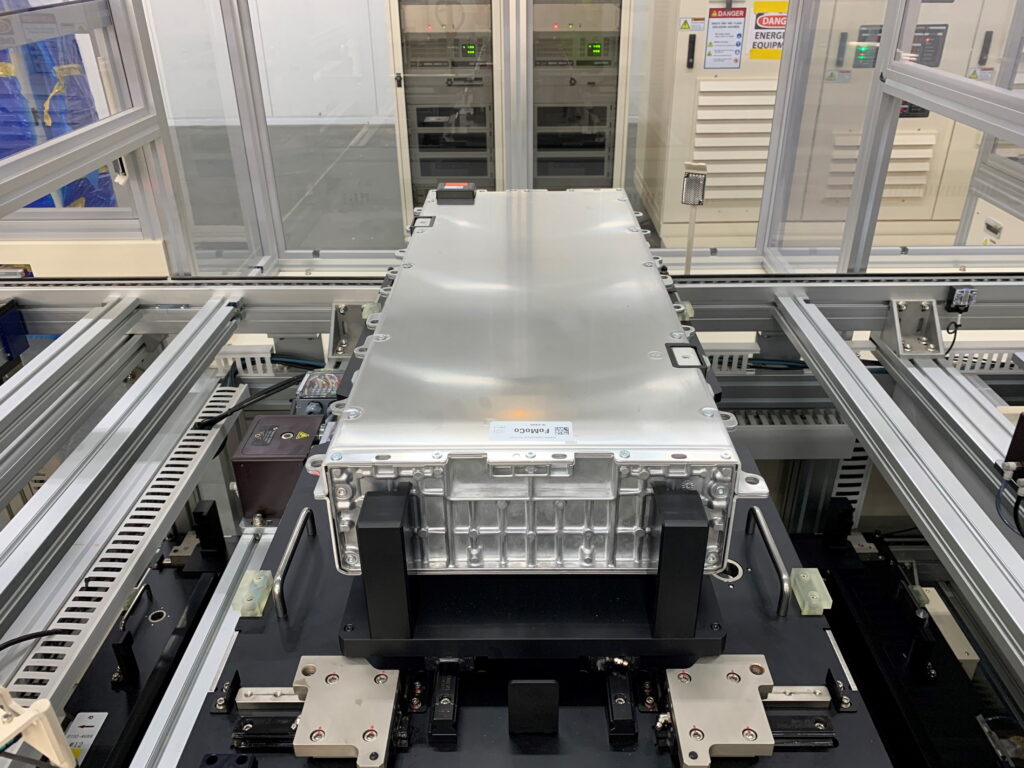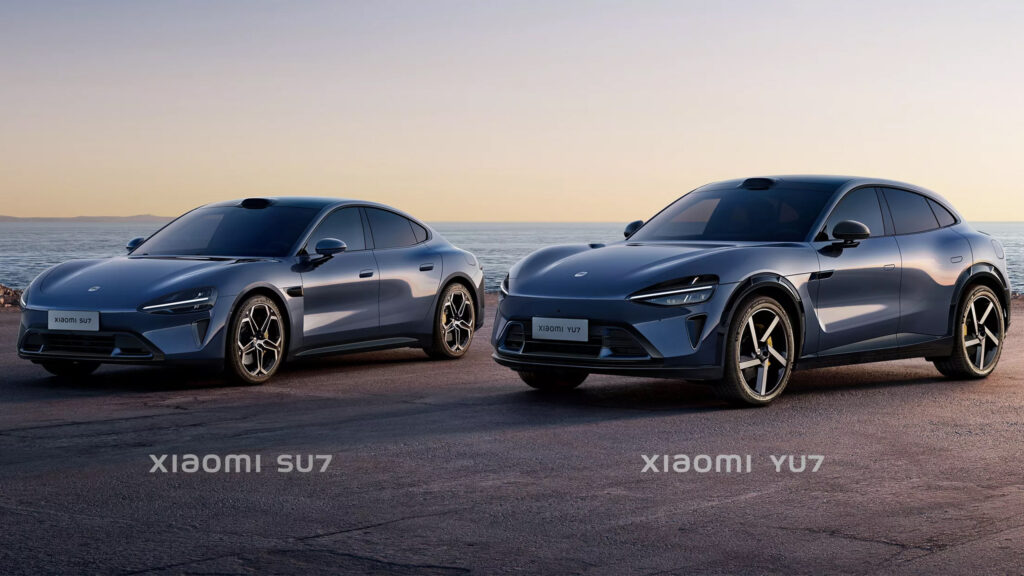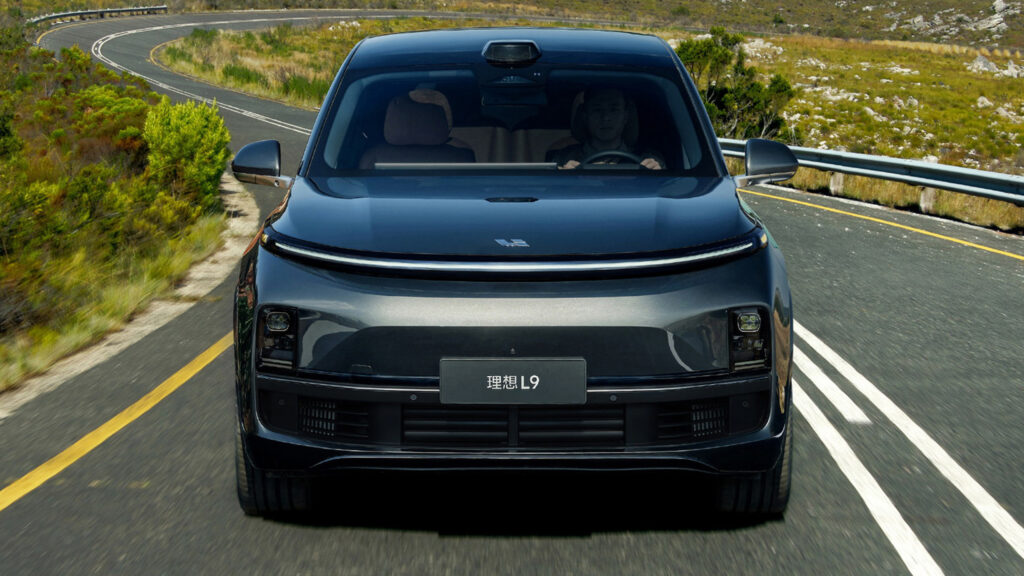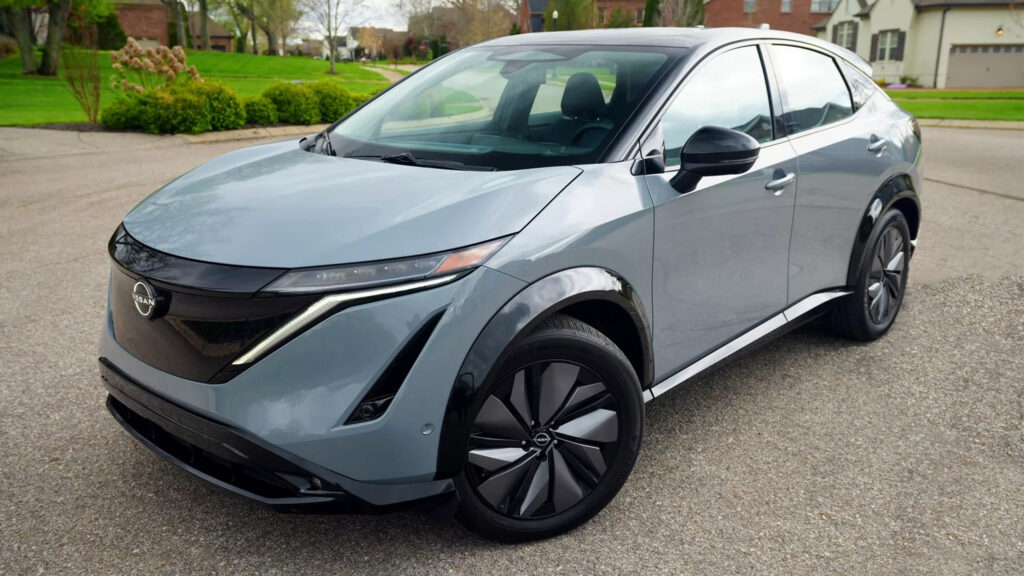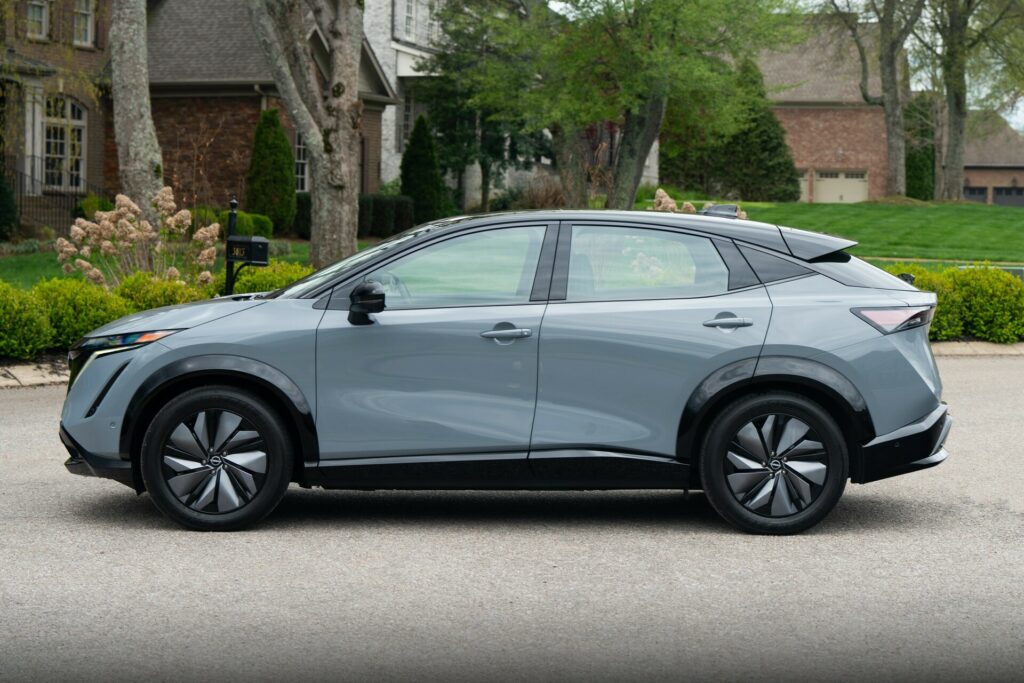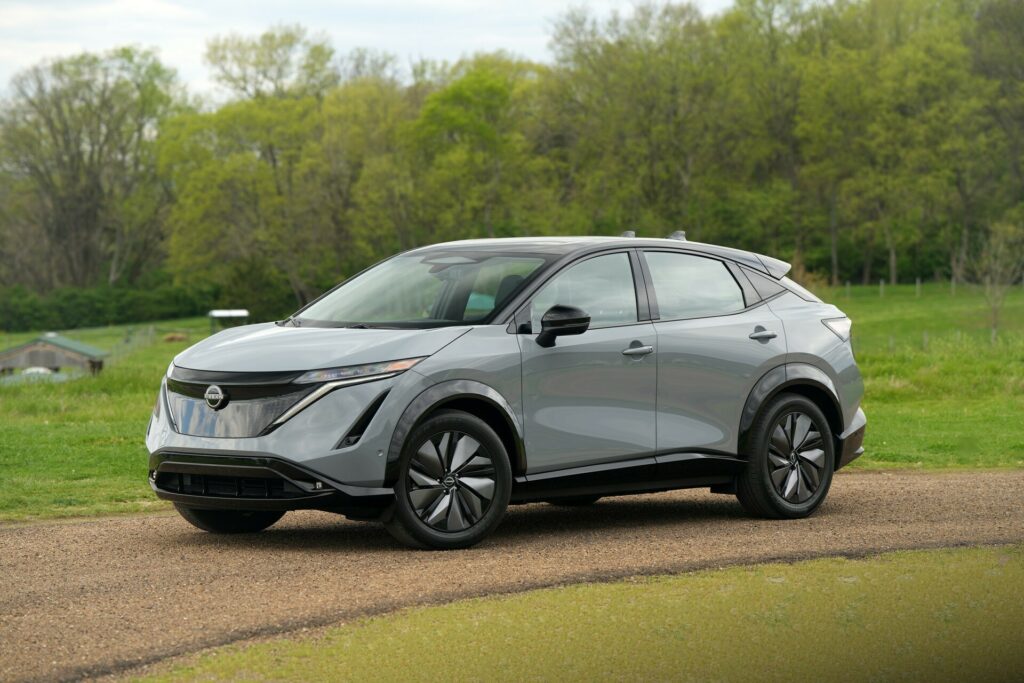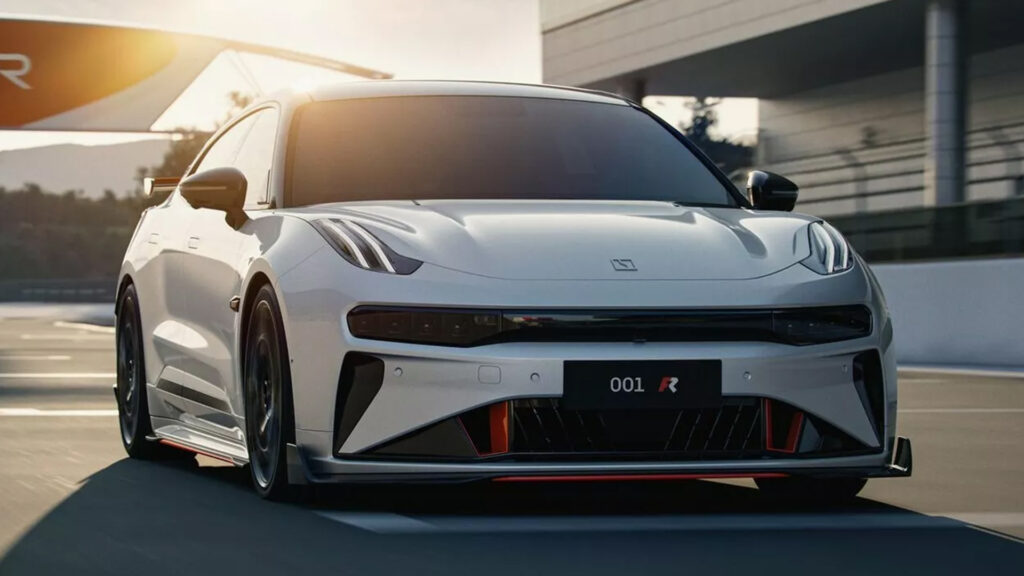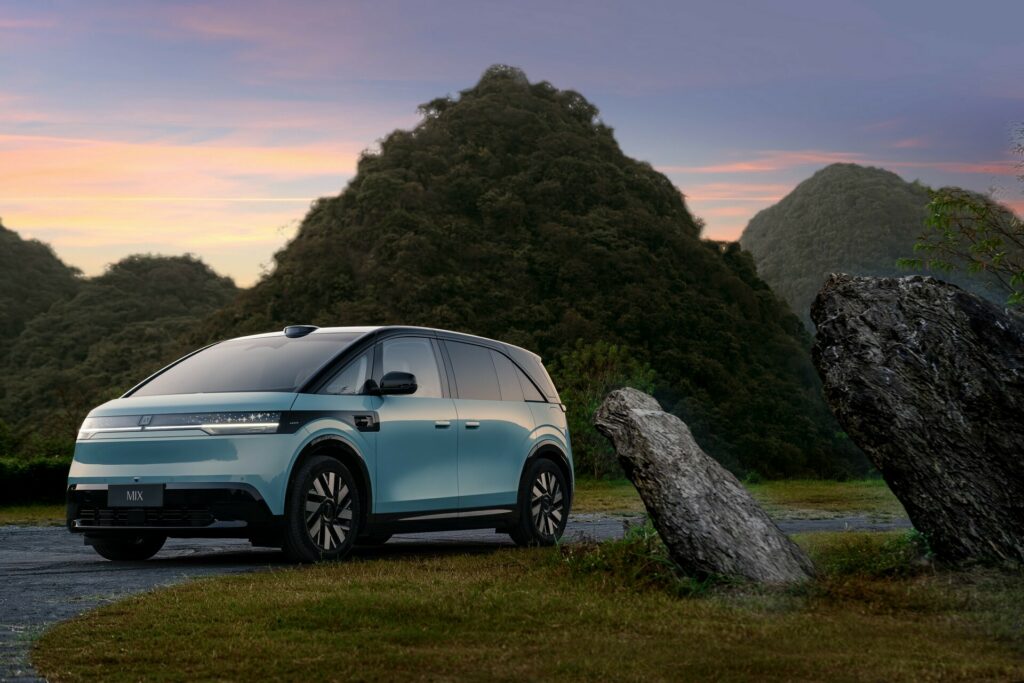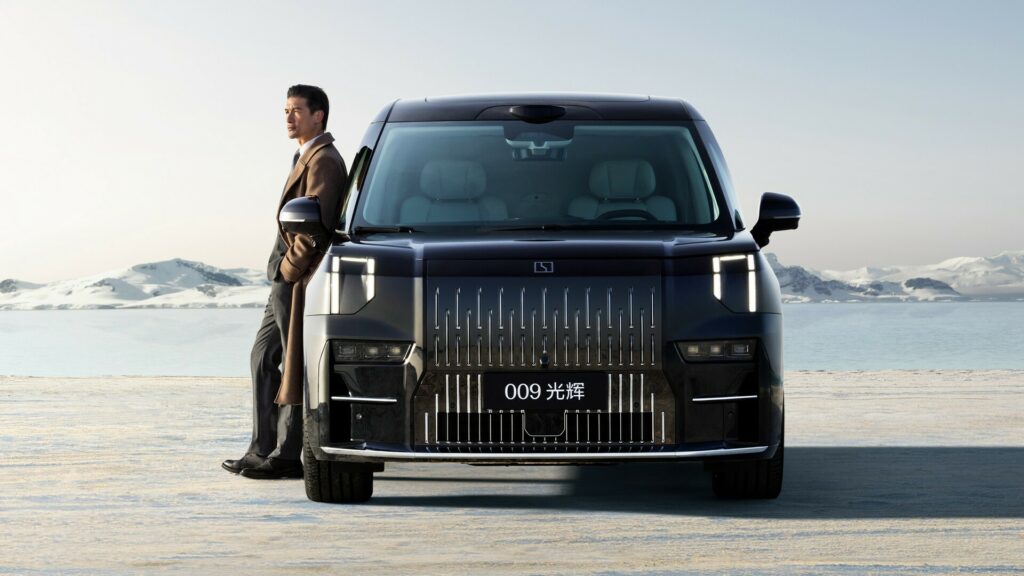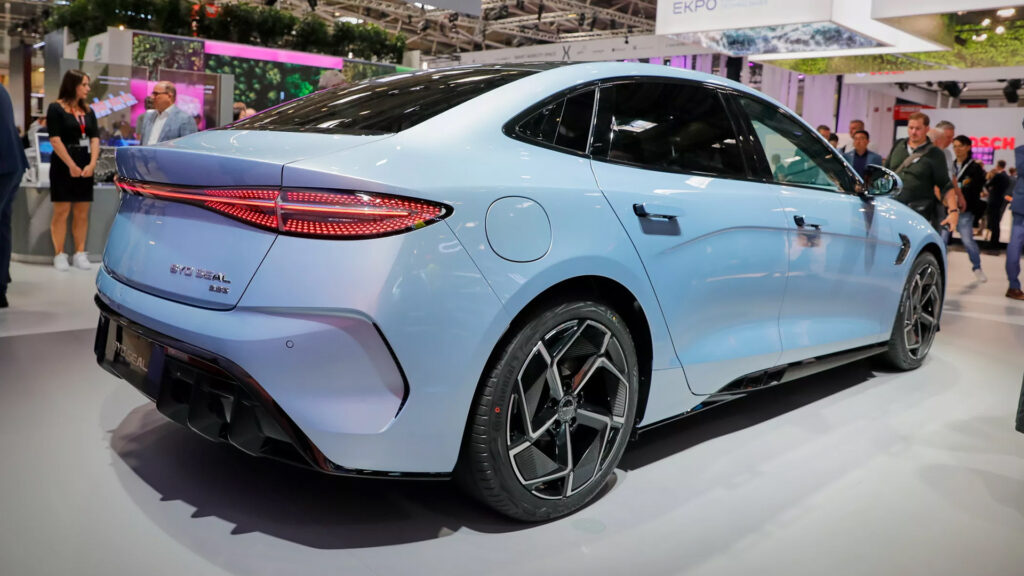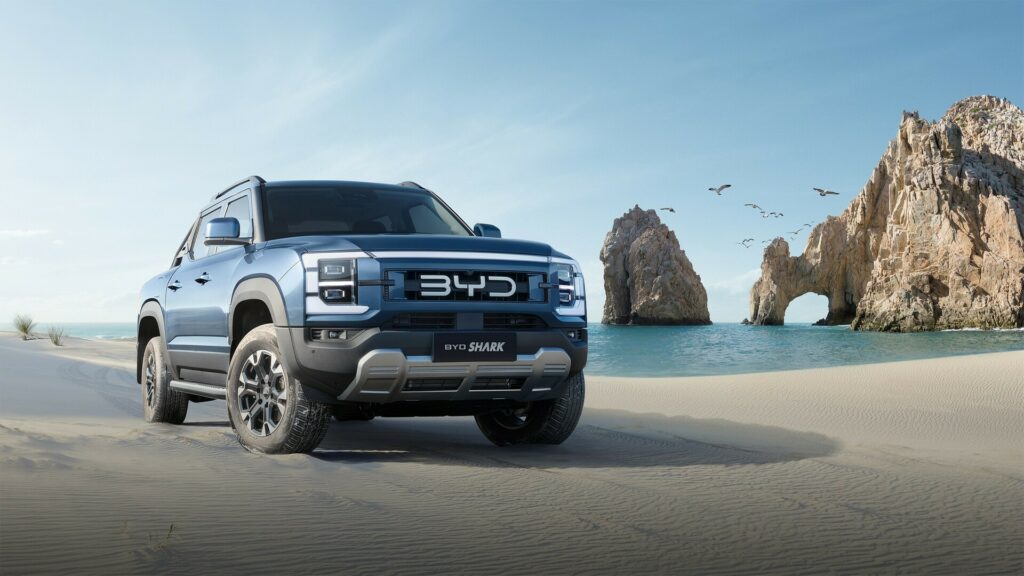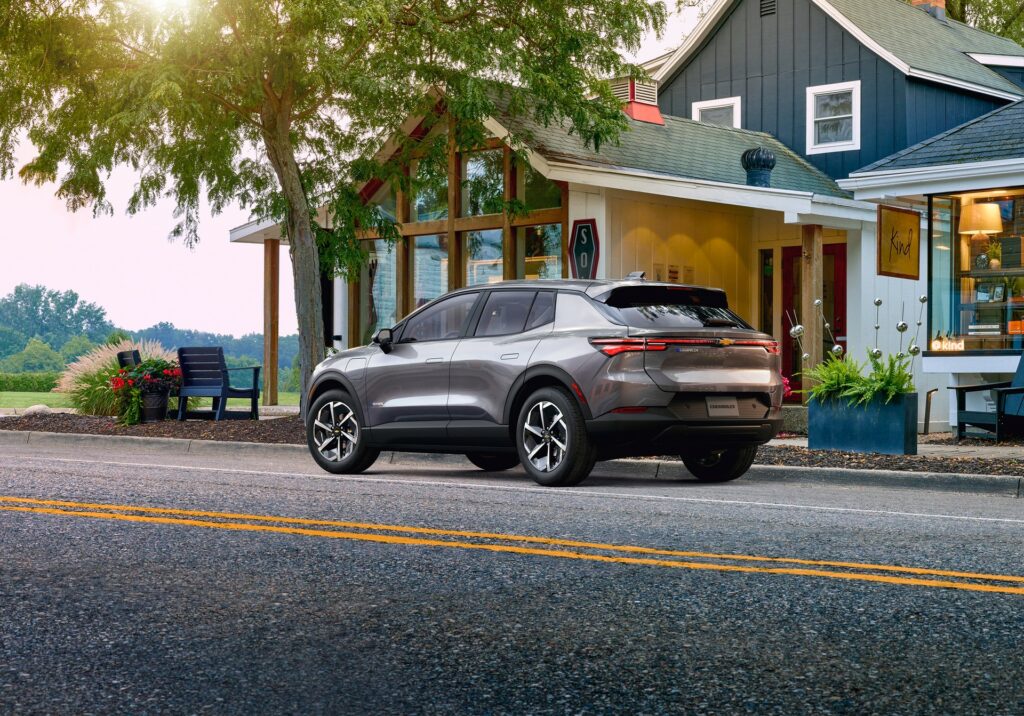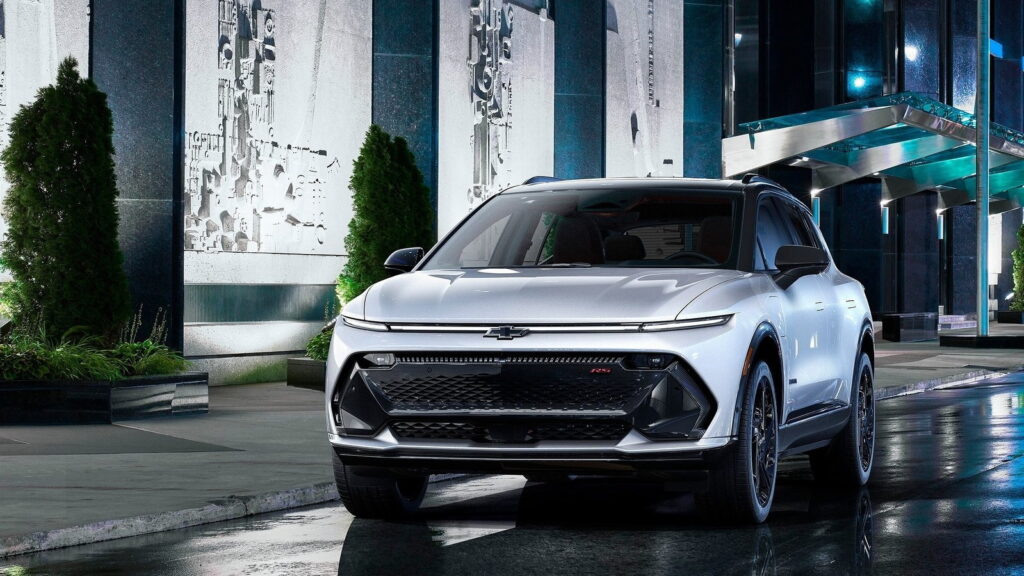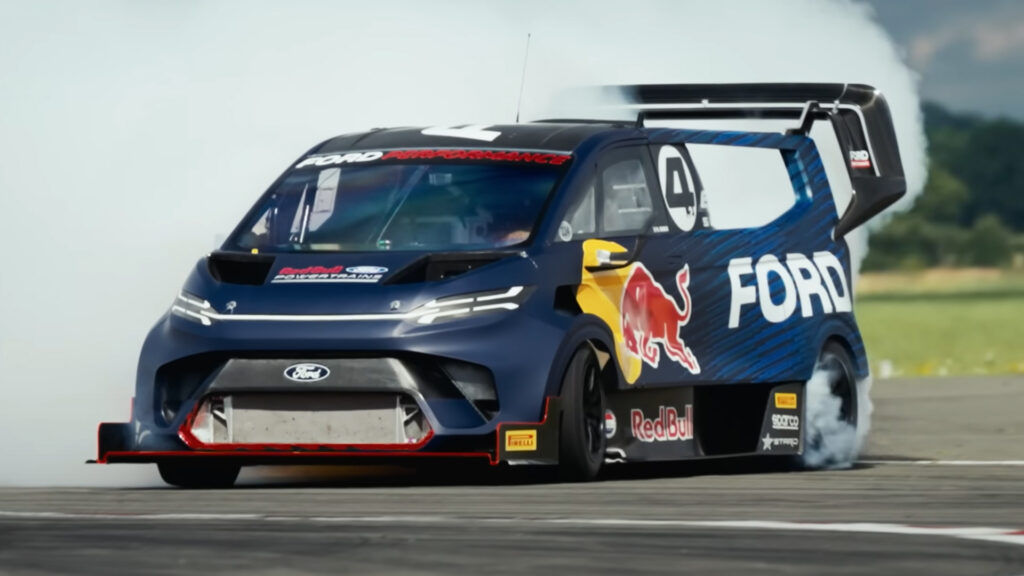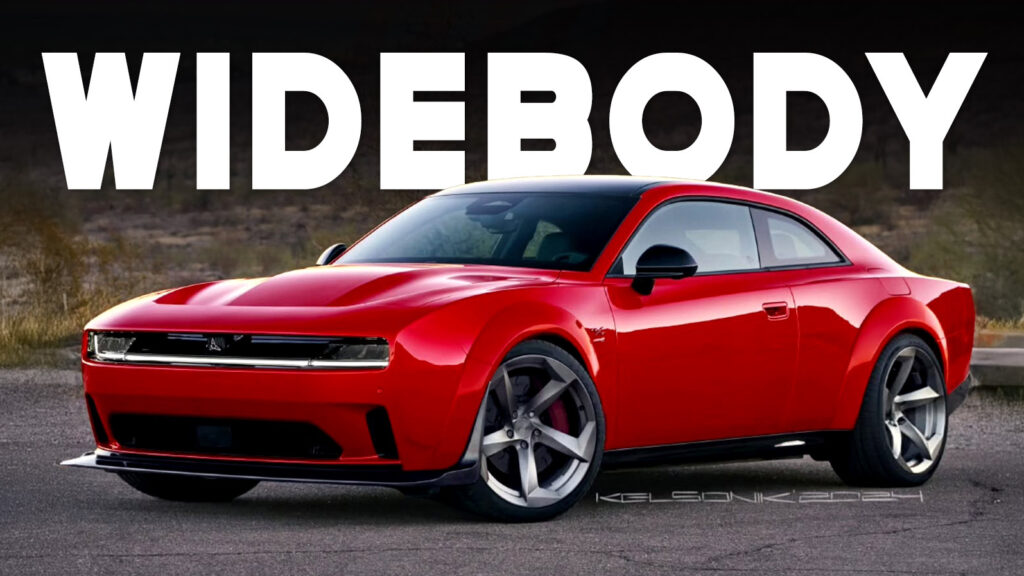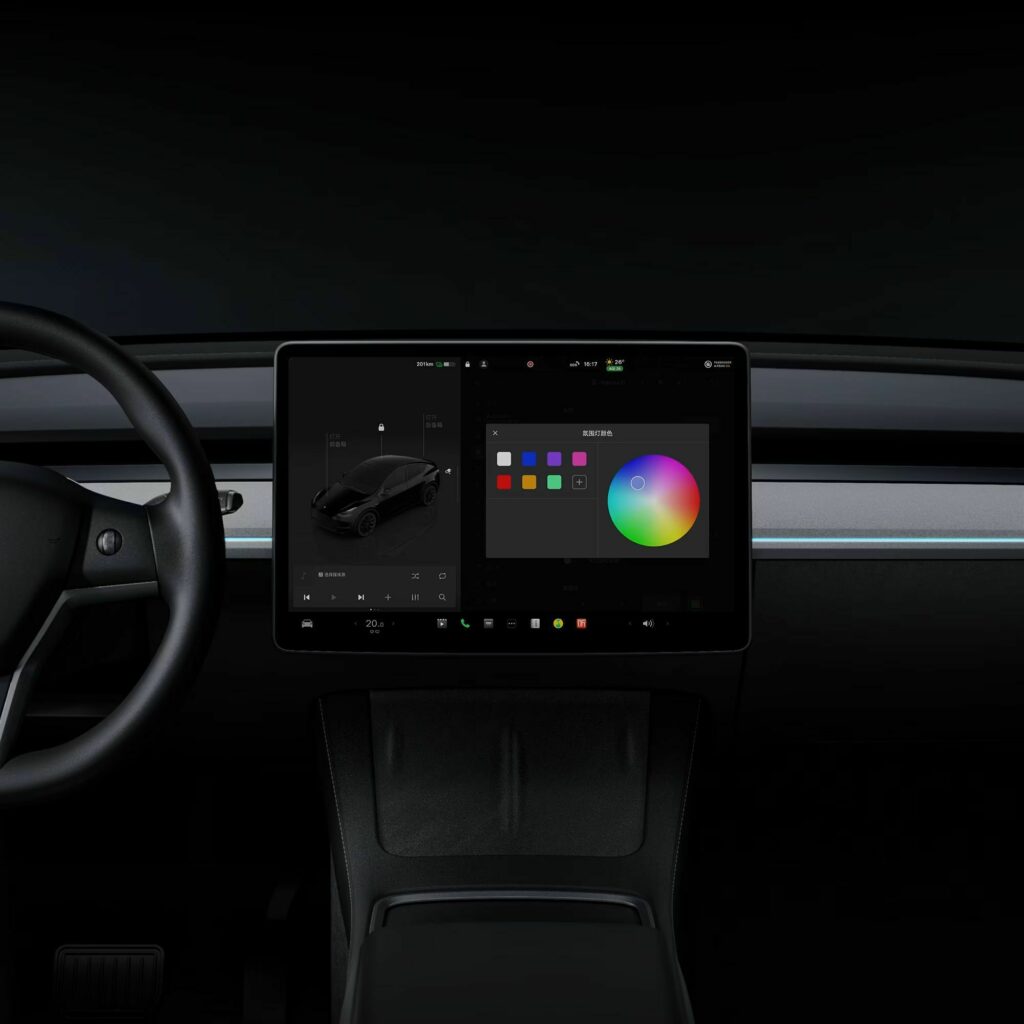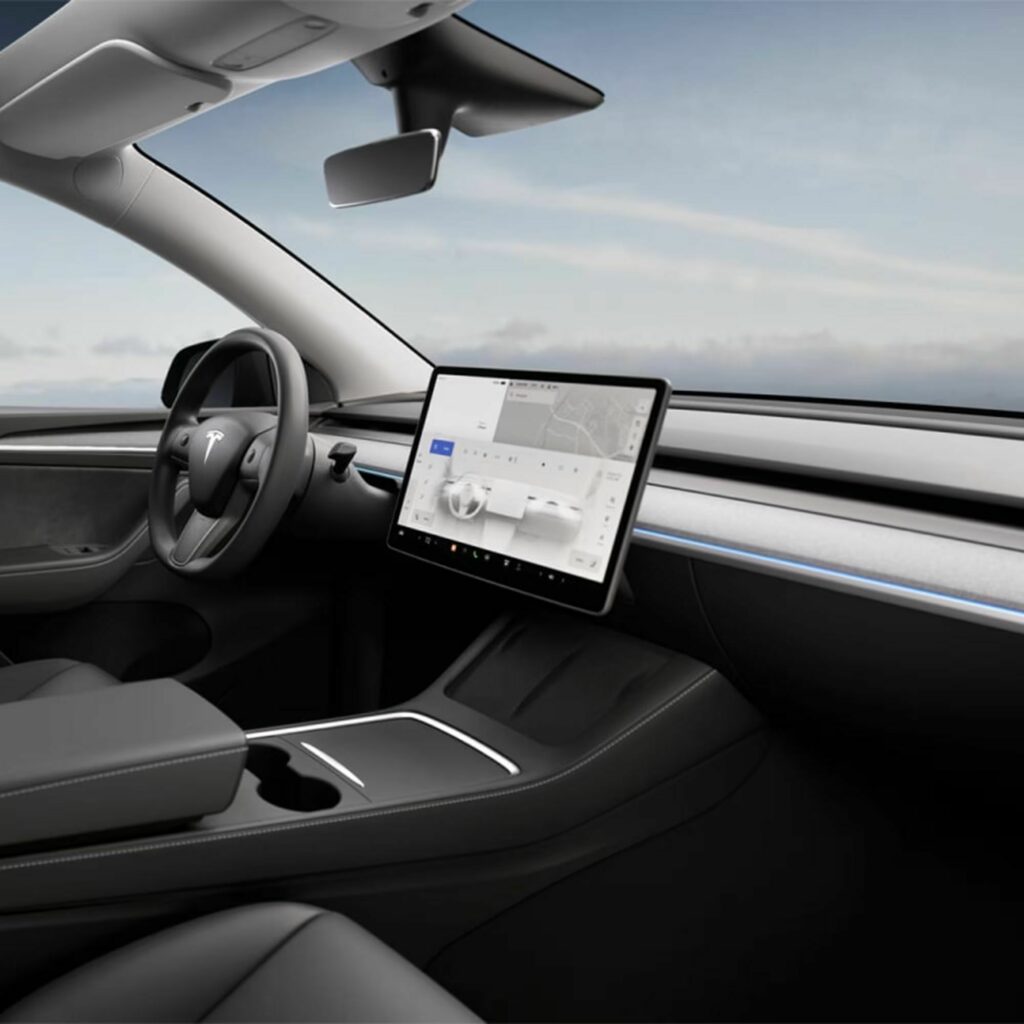Musk Says Media Coverage Of Cybertruck Explosion “Sabotages” Tesla’s Image, Threatens Lawsuits

- The Las Vegas police say the Cybertruck limited the surrounding damage in the valet area.
- Musk suggested on X that Tesla might be able to get the truck running again.
- However, he also thinks that some media gave off the wrong impression, and wouldn’t rule out suing them.
Tesla’s CEO Elon has hinted at a potential legal battle with media outlets over their coverage of a Cybertruck explosion in Las Vegas last week. At the same time, the world’s richest man has also used the tragic incident as an opportunity to highlight the electric truck’s strength.
It was initially unclear what had caused the Tesla to explode shortly after it was parked just outside the lobby of the Trump hotel. In an article covering the blast, Business Insider’s headline caught the attention of conservative commentator Robby Starbuck, who suggested that Musk should contemplate suing outlets that framed the story in a disparaging way. The offending title? “Tesla Cybertruck explosion in front of Trump hotel in Las Vegas leaves 1 dead, 7 injured.”
Read: Tesla Cybertruck Explosion Outside Trump Hotel Kills One, Injures Seven – Musk Responds
While that statement is factual, Starbuck suggested that “these headlines are sabotaging Tesla’s brand by making people think it caught fire.” It seems Musk agrees with that assertion, as he replied “Maybe it is time to do so,” implying that suing the media could be the answer.
Maybe it is time to do so https://t.co/2i4q5QZOUn
— Elon Musk (@elonmusk) January 2, 2025
While most car manufacturers would probably think having one of their vehicles involved in an alleged targeted attack would be a PR nightmare, it didn’t take Musk long to start trying to spin the incident into a positive.
In a subsequent post on X, Musk said “The evil knuckleheads picked the wrong vehicle for a terrorist attack. Cybertruck actually contained the explosion and directed the blast upwards. Not even the glass doors of the lobby were broken.” He later added, “I’m pretty sure we could get it running again too.”
The evil knuckleheads picked the wrong vehicle for a terrorist attack. Cybertruck actually contained the explosion and directed the blast upwards.
— Elon Musk (@elonmusk) January 2, 2025
Not even the glass doors of the lobby were broken. https://t.co/9vj1JdcRZV
Musk’s sentiment was backed up by Las Vegas Metropolitan Police Department sheriff Kevin McCahill, who said “The fact that this was a Cybertruck really limited the damage that occurred inside the valet because it had most of the blast go up through the truck and out.”
This isn’t the first time Musk has promoted the strength of Tesla’s electric pickup truck after a devastating accident. In November, a Cybertruck was destroyed in Guadalajara, Mexico, after crashing into a statue. While an 18-year-old woman was thrown from the EV and found lying on the pavement in critical condition, Musk jumped on X and re-posted images of the crash, saying the “Cybertruck is tougher than a bag of nails.”



